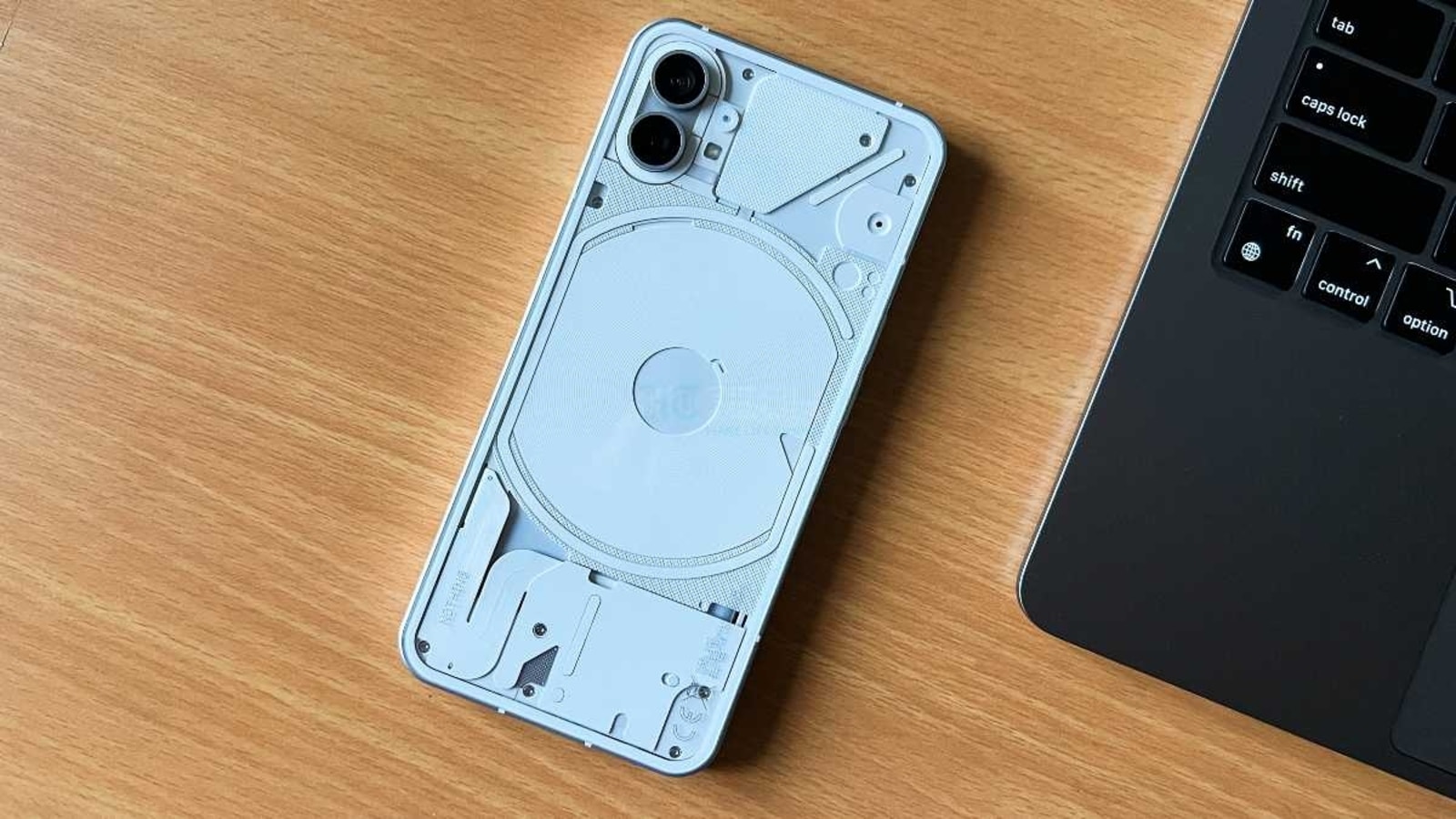Turn Your Phone Into a Fitness Coach
Ready to get outside this summer and get fit? Your smartphone’s hardware, software, and app store full of programs can help lead the way. Here’s a guide on how to get the most out of your device. Just remember, medical data is sensitive information, so read the privacy policy of any app that’s collecting it or tracking you. Consult your doctor before making significant changes to your dietary or workout routine.
Here’s to Your Health
In 2014, Apple and Google announced dashboard apps to track personal health and wellness, and the companies have been enhancing those apps ever since. Apple Health and Google Fit include essential tools like a pedometer, which uses the phone’s motion sensor to track your steps, but fitness and food apps can provide more detailed information. The Google Fit app works on the Android and iOS operating systems. (It can also import health data from Wear OS, Apple Watches, and third-party apps.) In collaboration with the American Heart Association, Google Fit helps users set activity goals to earn “Heart Points” for better cardiovascular health. This year, Google announced that the app could also use the phone’s camera to measure heart and respiratory rates for informational purposes (but not as a medical diagnosis); Google’s Pixel phones were the first to get this function.

Get a New (Exercise) Routine
You have many options if you’re looking for a workout app for an exercise plan that goes beyond step-counting. Most of the popular programs are available for both Android and iOS. These include the Jefit Workout Planner and Skimble’s Workout Trainer; both offer guides to specific exercises and routines for small subscription fees. The Peloton app ($13 a month) offers video-driven workouts, and Google Fit has a curated list of free exercise videos on YouTube. The Apple Fitness+ service is $10 a month for those planted in the Apple ecosystem and requires an Apple Watch with your iPhone to monitor your vital signs.
Google Runners and cyclists wanting to measure their progress have a variety of apps to consider. For people on a budget or preferring to exercise at home, apps like Skimble’s Workout Trainer, far left, offer fitness routines and sync data with Apple Health or Google Fit. Google Fit, near left, has a collection of free YouTube workout videos. For beginners, the $3 Couch to 5K app provides a training plan for stationary newbies to work up to a solid running routine. Runkeeper and MapMyRun use the phone’s location services to log and trace routes; both are free with in-app purchases. Cyclemeter and Strava are inexpensive apps tracking running, cycling, and more.
Keep a Food Diary
If you want to focus on dietary adjustments — eating more protein, consuming less sodium, shedding a few pandemic pounds — and don’t want to log food labels, consider a dedicated nutrition app manually. Many are free to download but offer in-app subscriptions for personalized diet planning, community support, and other features. The Lose It! app, far left, prompts you to keep a food diary of your day so you can see just how many calories you’re consuming. MyFitnessPal, near left, works similarly and has its nutritional information database. MyFitnessPal Among the apps in this category, Lose It! focuses on calorie-counting and weight loss and can share its data with Apple Health, Google Fit, and other apps. Lose It! has a vast nutritional information database for millions of items and can scan package labels to add new foods. MyFitnessPal is a similar program with a database of 11 million foods, a vast online community, and the ability to sync up and share data with 50 other fitness apps and devices.




